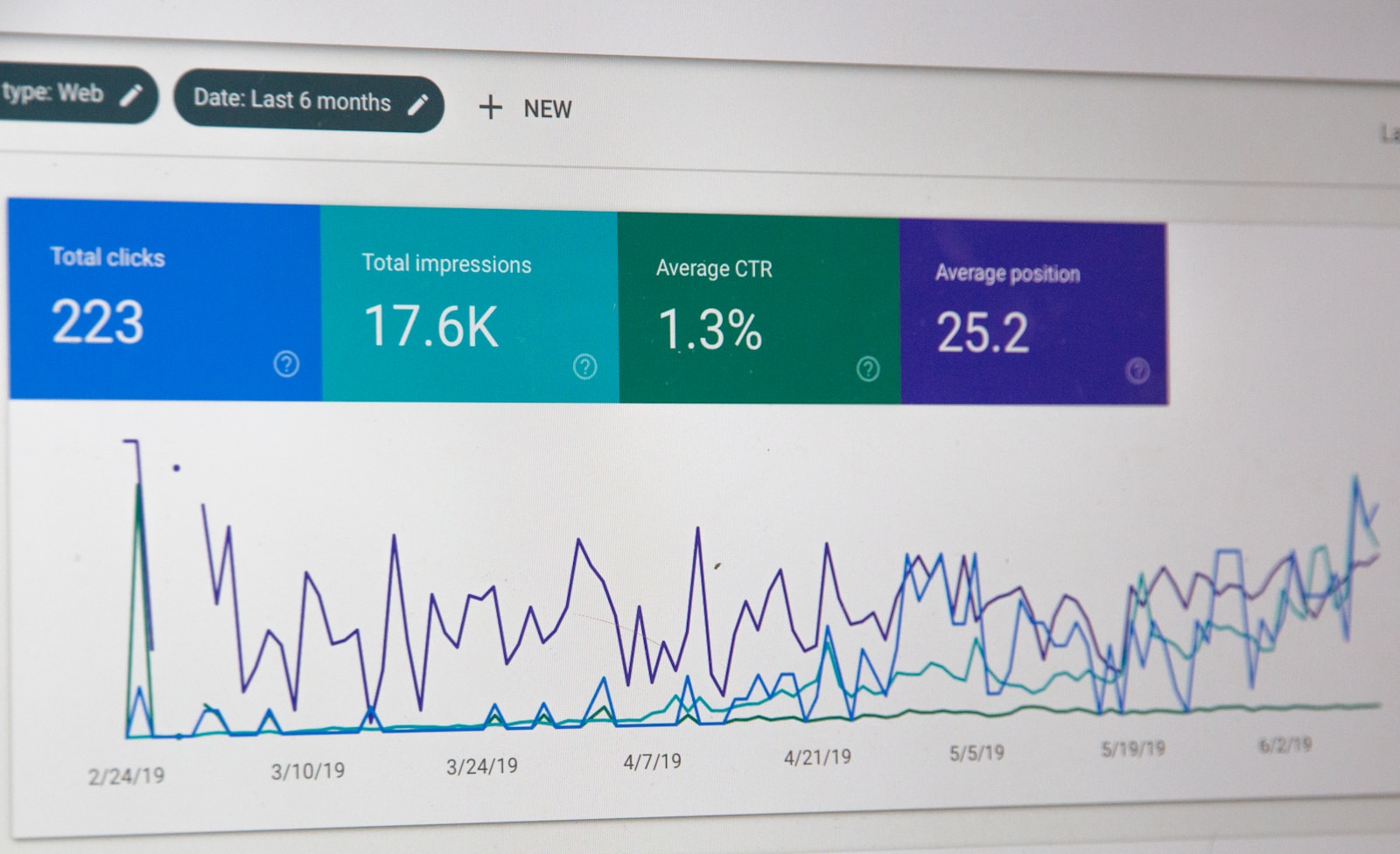Facing bankruptcy can be one of the most challenging periods in a person’s financial life, often accompanied by feelings of uncertainty and apprehension about the future. However, it’s important to understand that bankruptcy is not the end of the road, but rather a legal tool designed to provide relief from insurmountable debt and a chance to start anew. In this essay, we delve into the core aspects of bankruptcy, distinguishing between Chapter 7 and Chapter 13, while also considering the repercussions it may have on one’s credit and long-term financial health. By equipping ourselves with knowledge and carefully navigating these waters, we can emerge with a clearer path toward fiscal stability.
Understanding Bankruptcy
Navigating the Financial Reset: Understanding Bankruptcy and its Impact on Your Financial Status
In the often-unpredictable world of business, understanding the intricacies of bankruptcy is paramount. Bankruptcy, typically seen as a financial faux pas, is in reality a strategic reset button for individuals and corporations overwhelmed by insurmountable debt. Let’s unravel this complex process and discuss its far-reaching implications on financial status.
The Essence of Bankruptcy
Bankruptcy is a legal procedure for entities or individuals that cannot repay the debts they owe to creditors. It’s a judicial process that involves a systematic assessment and liquidation or restructuring of assets to satisfy outstanding obligations. There are several types of bankruptcy, but most fall under Chapter 7, Chapter 11, or Chapter 13 of the United States Bankruptcy Code, each catering to different circumstances and providing various forms of debt relief.
Chapter 7: Liquidation
Chapter 7 bankruptcy, known as liquidation or straight bankruptcy, is where a debtor’s non-exempt assets are sold, and the proceeds are distributed to creditors. It offers a clean slate, but it also means giving up valuable assets and a hit to your credit score. It stays on individual credit reports for up to 10 years, signaling high risk to potential lenders and investors.
Chapter 11: Reorganization
For businesses, Chapter 11 offers a chance to reorganize and restructure debts while retaining control of operations. It allows for renegotiating terms with creditors and drafting a new, more manageable repayment plan. While it can preserve business continuity, it’s a complex, costly endeavor that demands strategic navigation to avoid compromising the company’s financial integrity.
Chapter 13: Repayment Plan
Chapter 13 bankruptcy speaks to the heart of those seeking redemption through a court-approved repayment plan, typically over three to five years. This option protects assets and may offer a reduced debt load, yet it requires a steady income stream and financial discipline.
The Ripple Effect on Financial Status
Regardless of the type, the implications of declaring bankruptcy are significant:
- Credit Worthiness: A bankruptcy filing can plummet a credit score by several points, making future borrowing costly or impossible. The blot remains, looming over credit reports and prompting stringent terms or outright rejection from wary lenders.
- Asset Ownership: Liquidation could result in the loss of treasured assets, while restructuring might mean relinquishing ownership stakes, diluting the power dynamic in businesses.
- Interest Rates and Insurance Premiums: With a tarnished credit report, expect higher interest rates on loans and credit cards, and inflated insurance premiums.
- Career and Business Opportunities: Bankruptcy can cause a dent in personal and professional reputation, potentially restricting entrepreneurial ventures or career progression in certain industries.
It’s a common misconception that bankruptcy signals the end game. Rather, it’s a strategic pivot, a hard reset on the financial console of life and business. Handled with acumen, it can provide the breathing room required to overhaul strategies, reinvent and come back stronger.
Before considering such a financial course correction, it is advisable to consult with legal and financial experts. The key lies in leveraging bankruptcy as an opportunity for transformation, rather than a beacon of defeat. No entrepreneur worth their salt allows a single chapter to define their story – they’re driven by the enduring power of innovation and the unwavering will to succeed, no matter the challenges.

Creating a Post-Bankruptcy Budget
Navigating the financial aftermath of bankruptcy requires astute and strategic planning to regain fiscal stability and carve out a new path to prosperity. The imperative step is to contrive a budget that not only sustains your current lifestyle but also fortifies your economic future. Here’s the game plan:
Firstly, acknowledge the clean slate presented before you. After addressing the necessary damage control in the wake of bankruptcy, it’s time to frame a budget that aggressively paves the way toward rebuilding your financial health.
Prioritize Essential Expenses:- Begin by delineating your crucial monthly expenses – shelter, food, utilities, healthcare, and transportation. This isn’t the juncture for extravagance; focus on what’s absolutely necessary to operate day-to-day.
- Take stock of your income sources. If your income isn’t steady, err on the side of caution and base your budget on your lowest-earning month from the past year. Examine every possible avenue that can augment your cash flow without recklessly jumping into investments that seem too good to be true.
- Every penny counts. Scrutinize your habits and recognize areas for cost-cutting. Subscriptions, dining out, and impulsive online shopping are frequent culprits of budget erosion. Be relentless in your pursuit of financial efficiency.
- Despite the wipe-out effect of certain bankruptcies, some debts may remain – and these need a tactical approach. Concentrate on high-interest debt first; reducing these will prevent them from ballooning and sabotaging your recovery efforts.
- Even modest contributions toward an emergency reserve can provide a financial buffer for unexpected expenses. Without it, the risk of falling back into the debt trap increases substantially.
- While embracing credit again might feel like courting danger, it’s a necessity for rebuilding creditworthiness. Secured credit cards and installment loans can be valuable tools, provided they’re used with an almost surgical precision – keeping balances low and payments punctual.
- No budget is set in stone. Life’s unpredictability demands constant reassessment of outgoings. Take advantage of budgeting apps or financial management software. Knowledge is power; ensure you have a full grasp of where your funds are flowing.
- Once stability is achieved, turn your sights to growth. Consider investments and savings that align with your risk tolerance. Planning for retirement isn’t just prudent; it’s vital. But never lose sight of the fact that informed decisions beat hasty gambles any day of the week.
- Bankruptcy was a hurdle, not the finish line. Commit to a lifetime of prudent financial management – live within your means, continuously seek opportunities for income multiplication, and never overlook the power of saving.
Hard truths: creating a sustainable budget after bankruptcy isn’t a sprint; it’s a marathon. It requires a consistent approach and a commitment to frugality, accountability, and strategic growth. Forego the temptation for quick fixes. Patience and persistence will be the pillars upon which a secure financial future is built.

Rebuilding Your Credit
Navigating the financial resurgence after bankruptcy requires tactical moves and a laser-focused strategy.
The ascent begins with a sharp analysis of one’s credit report. A regular and thorough review to locate any inaccuracies and to ensure all discharged debts reflect a zero balance is paramount. Discrepancies must be immediately disputed with the credit bureaus.
One’s toolbox for credit repair should certainly include secured credit cards. Unlike traditional credit cards, a secured card requires a deposit that usually becomes the credit limit. Responsible use of a secured card is a power move; it signals to creditors that one has turned the corner.
Simultaneously, the utilization of credit builder loans can be a masterstroke in credit rehabilitation. These small loans, held by a lender in an account, are not received upfront but rather upon completion of all payments, building a history of timely repayments.
Diversification of credit types adds to credit score rigidity. A mix of revolving credit, like credit cards, and installment loans, like an auto or personal loan, can boost one’s credit profile – assuming, of course, they are managed with supreme diligence.
In the business world, relationships are crucial; the same goes for credit. Foster a positive relationship with creditors by always paying on time. Setting reminders and automatic payments eliminates the risk of oblivion.
As one might diversify an investment portfolio, so too should one diversify financial education. Consume materials on financial management and attend workshops. This knowledge not only sharpens financial acumen but also emboldens one with the confidence to engage with creditors and navigate financial opportunities.
Utilize reporting services that add everyday bills like utility and rent payments to credit reports. Telecommunications and utilities paid like clockwork should not go unrecognized in one’s credit-building journey.
Stay lean on applying for new credit. Each inquiry potentially dents one’s credit score. Obsessive applications can be interpreted as financial instability – a red flag for lenders.
Finally, engage with financial professionals who have a track record of guiding clients through post-bankruptcy recovery. Their advice can be invaluable, as they are equipped with insights and strategies tailored to one’s unique financial context.
In the march towards credit redemption, there’s no room for complacency. The market waits for no one, and neither does financial recovery. It’s about strategic maneuvers, disciplined implementation, and seizing the control back of one’s financial narrative. With tenacity, the climb can lead not just to recovery, but to a summit previously unimagined.

The journey through and beyond bankruptcy is undoubtedly demanding, yet it is surmountable with perseverance and an informed approach. By embracing a post-bankruptcy budget, we can forge a sustainable financial lifestyle, fostering discipline and responsibility. Rebuilding credit is a gradual process, but by employing strategic financial tools and maintaining timely payments, we nurture our credit score back to health. Bankruptcy does not have to define our future; rather, it can serve as a pivotal learning experience, empowering us to make wiser financial decisions and ultimately leading to a more secure and thriving economic life.



